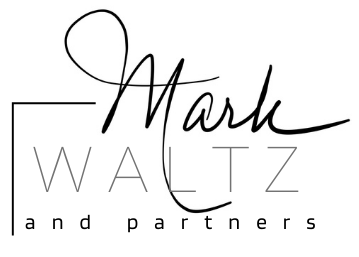People, Just Do What I Expect
Ever get frustrated because your staff or team just doesn’t seem to “get it?” You give instruction, then you have to correct. You make an assignment and it’s no where close to what you expected.
What if you could change that?
Years ago in my clothing retail days I made what I thought was a simple assignment to a newer team member: “Hang this box of pants on this wall.”
I returned fifteen minutes later to find the pants were being hung, but not correctly. I had particular expectations. Very particular (I’m pretty easy-going, but…) In fact every other hanging pant in the store modeled the correct finished product.
I could hang a wall of pants correctly with my eyes closed. I knew how to grasp and tuck the front buckle/button of the pant, clasp the hanger inside the folded material, pull the waistline tightly, snapping the other hanger clip over the back side of the pant, and hang the pant with the zipper facing out. Easy. Routine. And oh so beautiful. Every time.
But I hadn’t communicated any of these details that would result in the crisp presentation I expected.
I had to start over with my associate. I first pointed to the finished product: the pristine presentation of evenly hung, accurately sized pants in the display nearby. This time I demonstrated how to achieve that result as I explained every step. I modeled as I taught. Then I had him show me what he saw. Then I coached the specifics, helping him perfect the process.
I’ve been thinking lately about the simple words we use with staff and other team members that we assume everyone understands.
Words like: empower, excel, coach, even lead.
The truth is we only position people we trust. There’s good reason we’ve asked them to lead. However, the good people we’ve recruited or promoted come from diverse backgrounds and environments: marketplace and nonprofit; sales and management; healthy teams and broken teams; small and large; visionary leadership and micromanagement. They join our team and take on new responsibilities from diverse environments.
And within these environments, functions like empowering, excelling, coaching and leading take on very different practices in each of those environments.
My associate did hang the pants. But if he and I had taken a stroll through the mall, we would have found several different approaches to pant-hanging. By the standards of other retailers, he’d displayed the pants well. But not my mine. I needed to be clear and I wasn’t.
But isn’t empowering empowering and leading leading? Yes and no.
You see, when we consider what we know empowerment to mean, we assume everyone knows the same definition of empowerment. But words and functions are defined and understood through what we experience, what we see modeled.
So when staffer John comes from an environment where empowering meant – in practice – delegation, micromanagement, harsh correction, and little trust, he will not hear what you mean when you say “empower your team.” He’s only able to hear what he already knows - unless you explain and train him.
Now maybe he was wise enough to know that what he witnessed everyday in his former environment was not empowerment. Perhaps that’s why he wanted to leave where he was and join your team. But you cannot assume that.
What if you reviewed your recent coaching and training and asked yourself: “What have I assumed? What do I need to define with more clarity? How will I teach and nurture so that everyone operates within our culture so we produce a consistent outcome?
What are you doing - and how are you doing it - to set your team up for consistent wins that honor your culture and expectations?

